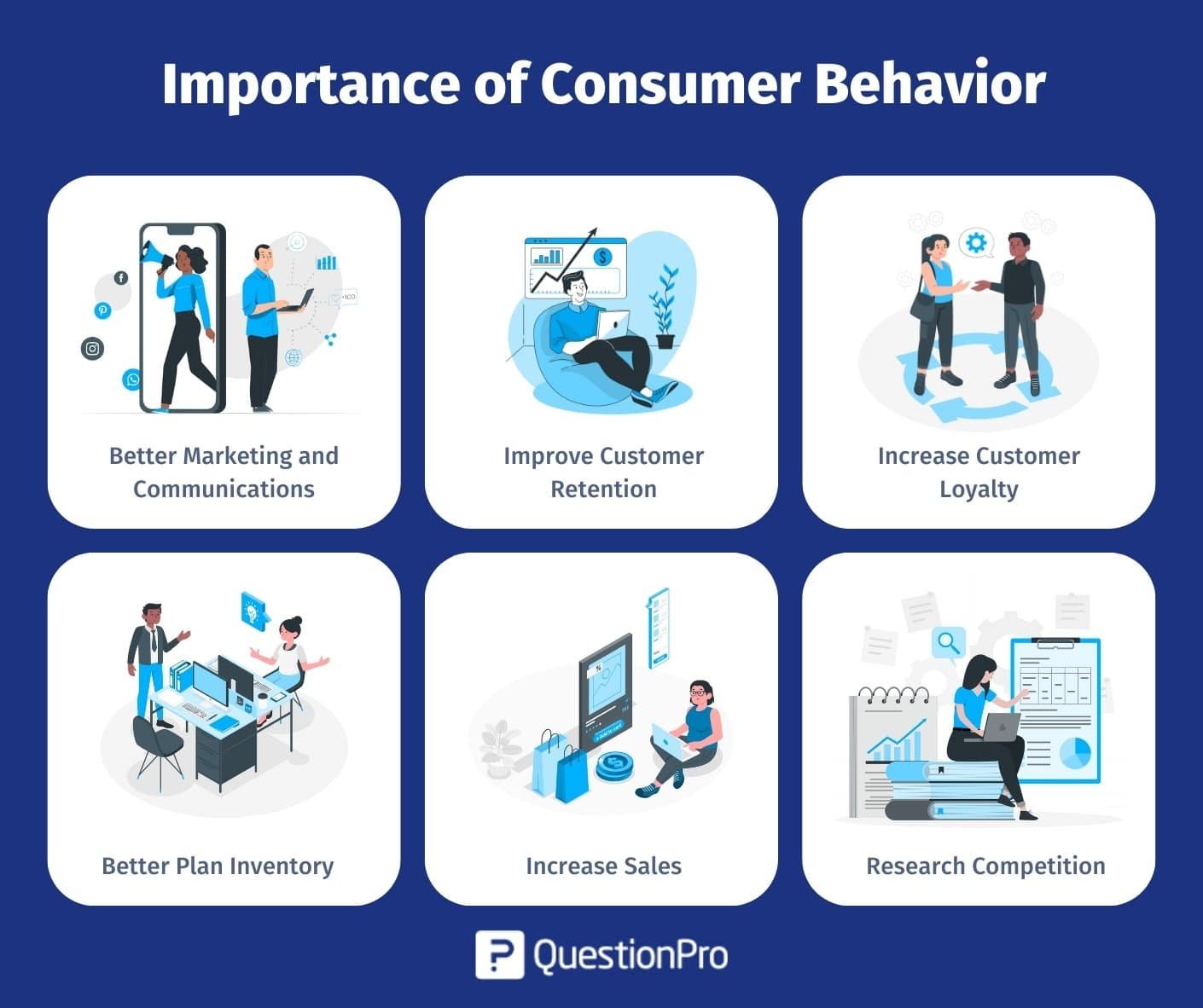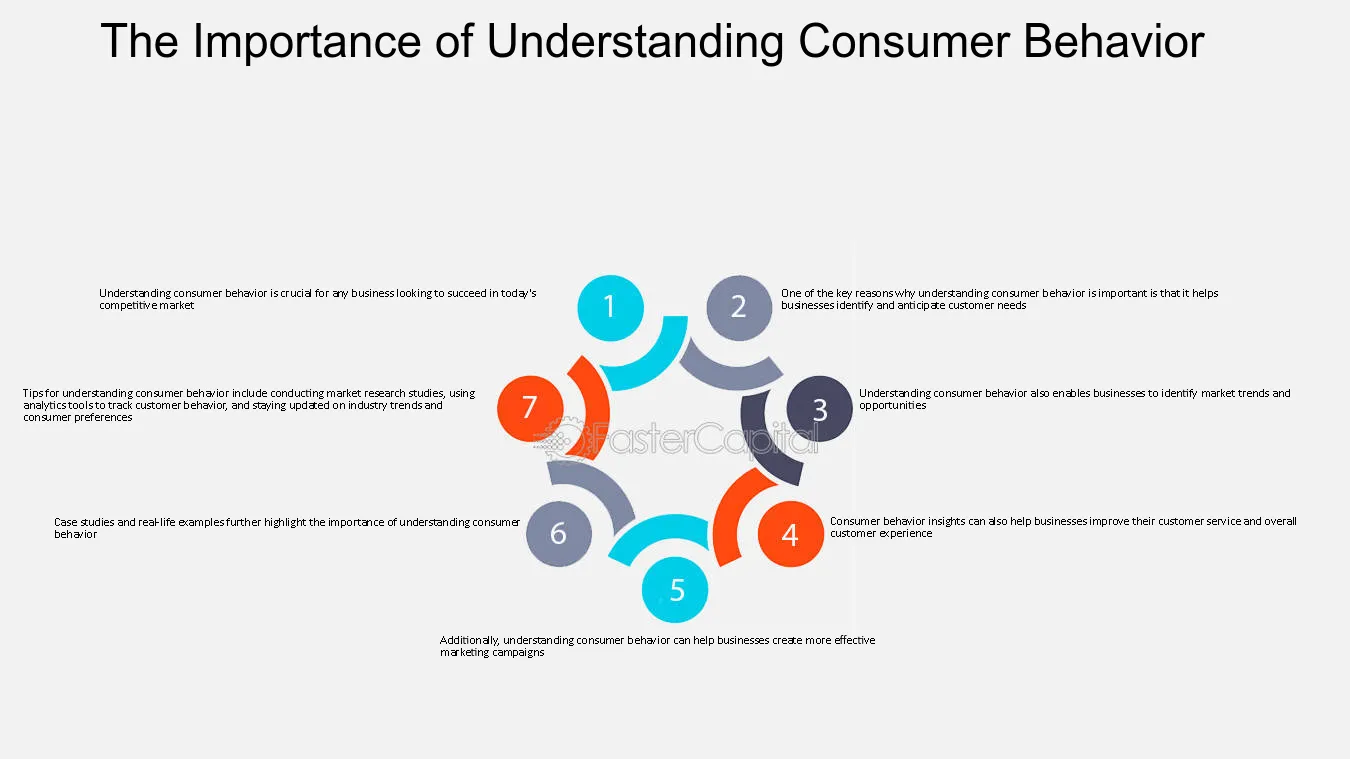
Understanding consumer behavior is essential for crafting effective ad campaigns. By gaining insights into how consumers think, feel, and act, marketers can design ads that resonate with their target audience and drive desired outcomes. Here’s a comprehensive guide to understanding consumer behavior and applying it to your ad campaigns.

Consumer Behavior in Ad Campaigns
1. Analyze Consumer Needs and Preferences
Identify Key Needs
Consumers make purchasing decisions based on their needs and desires. Understanding what drives these needs—whether they are emotional, practical, or psychological—can help you create ads that address these core motivations. Conduct market research, surveys, and focus groups to identify the specific needs of your target audience.
Determine Preferences
In addition to needs, consumers have preferences that influence their buying behavior. These preferences can include brand loyalty, style, price sensitivity, and product features. By analyzing consumer preferences, you can tailor your ad messaging and design to align with what appeals most to your audience.
2. Segment Your Audience
Demographic Segmentation
Demographic factors such as age, gender, income, and education level play a significant role in consumer behavior. Segment your audience based on these demographics to create more targeted and relevant ad campaigns. For example, ads for luxury products may be more effective when targeted at higher-income segments.
Psychographic Segmentation
Psychographic segmentation focuses on consumers’ lifestyles, values, interests, and attitudes. This type of segmentation helps you understand the deeper motivations behind consumer behavior. Craft ads that resonate with these psychographic factors to engage your audience on a more personal level.
3. Understand the Consumer Decision-Making Process
Awareness Stage
In the awareness stage, consumers recognize a need or problem. Ads aimed at this stage should focus on introducing your product or service and highlighting how it can address the consumer’s needs. Use clear messaging to create awareness and capture attention.
Consideration Stage
During the consideration stage, consumers evaluate their options. Provide detailed information, comparisons, and benefits in your ads to help consumers make informed decisions. Highlight unique selling points and address potential objections to move consumers closer to a purchase.
Decision Stage
In the decision stage, consumers are ready to make a purchase. Your ads should include strong calls to action (CTAs) and offer incentives such as discounts or free trials to encourage immediate action. Make the purchasing process as easy as possible to facilitate conversions.
4. Leverage Behavioral Data
Track Online Behavior
Monitor online behavior to gain insights into how consumers interact with your brand and ads. Use analytics tools to track metrics such as website visits, click-through rates (CTR), and conversion rates. This data helps you understand which ad elements are effective and where adjustments may be needed.
Analyze Purchase History
Examine purchase history to identify patterns and trends in consumer behavior. Understanding past buying behavior can help you predict future actions and tailor your ad campaigns accordingly. For instance, if a consumer frequently purchases certain types of products, target them with related offers.
5. Incorporate Psychological Triggers
Use Emotional Appeals
Emotional appeals can be powerful motivators in consumer decision-making. Ads that evoke positive emotions, such as happiness, nostalgia, or excitement, can create a strong connection with consumers. Incorporate storytelling and emotional triggers to make your ads more compelling.
Implement Social Proof
Social proof, such as customer reviews, testimonials, and endorsements, can influence consumer behavior by building trust and credibility. Include positive feedback and success stories in your ads to reassure potential customers and encourage them to take action.
6. Test and Refine Ad Strategies
Conduct A/B Testing
A/B testing allows you to compare different versions of your ads to determine which performs better. Test variations in ad design, messaging, and CTAs to see what resonates most with your audience. Use the results to refine your ad strategies and improve overall effectiveness.
Gather Consumer Feedback
Collect feedback directly from consumers to gain insights into their perceptions and preferences. Surveys, focus groups, and social media interactions can provide valuable information about how your ads are received and what changes might be beneficial.
7. Stay Updated on Market Trends
Monitor Industry Trends
Consumer behavior can be influenced by broader market trends and shifts. Stay updated on industry trends, emerging technologies, and changes in consumer preferences to ensure your ad campaigns remain relevant and effective.
Adapt to Changes
Be prepared to adapt your ad strategies in response to changes in consumer behavior and market conditions. Flexibility and responsiveness are key to maintaining the effectiveness of your ad campaigns over time.
Conclusion
Understanding consumer behavior is essential for creating ad campaigns that resonate with your target audience and drive results. By analyzing consumer needs and preferences, segmenting your audience, and leveraging behavioral data, you can design ads that are both relevant and impactful. Incorporating psychological triggers, testing strategies, and staying updated on market trends further enhances your ability to connect with consumers and achieve your campaign goals. Embrace these insights to craft more effective and engaging ad campaigns that capture attention and drive meaningful results.
